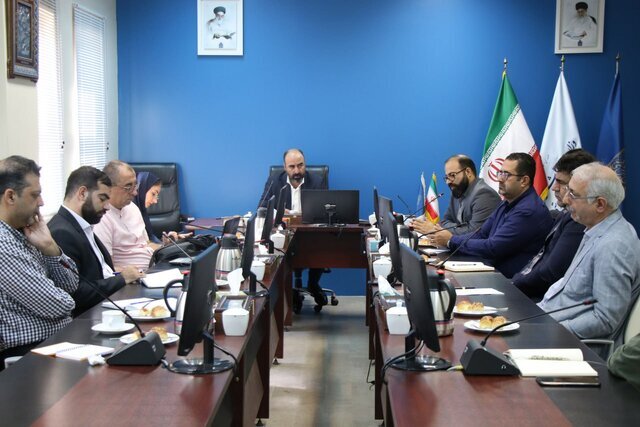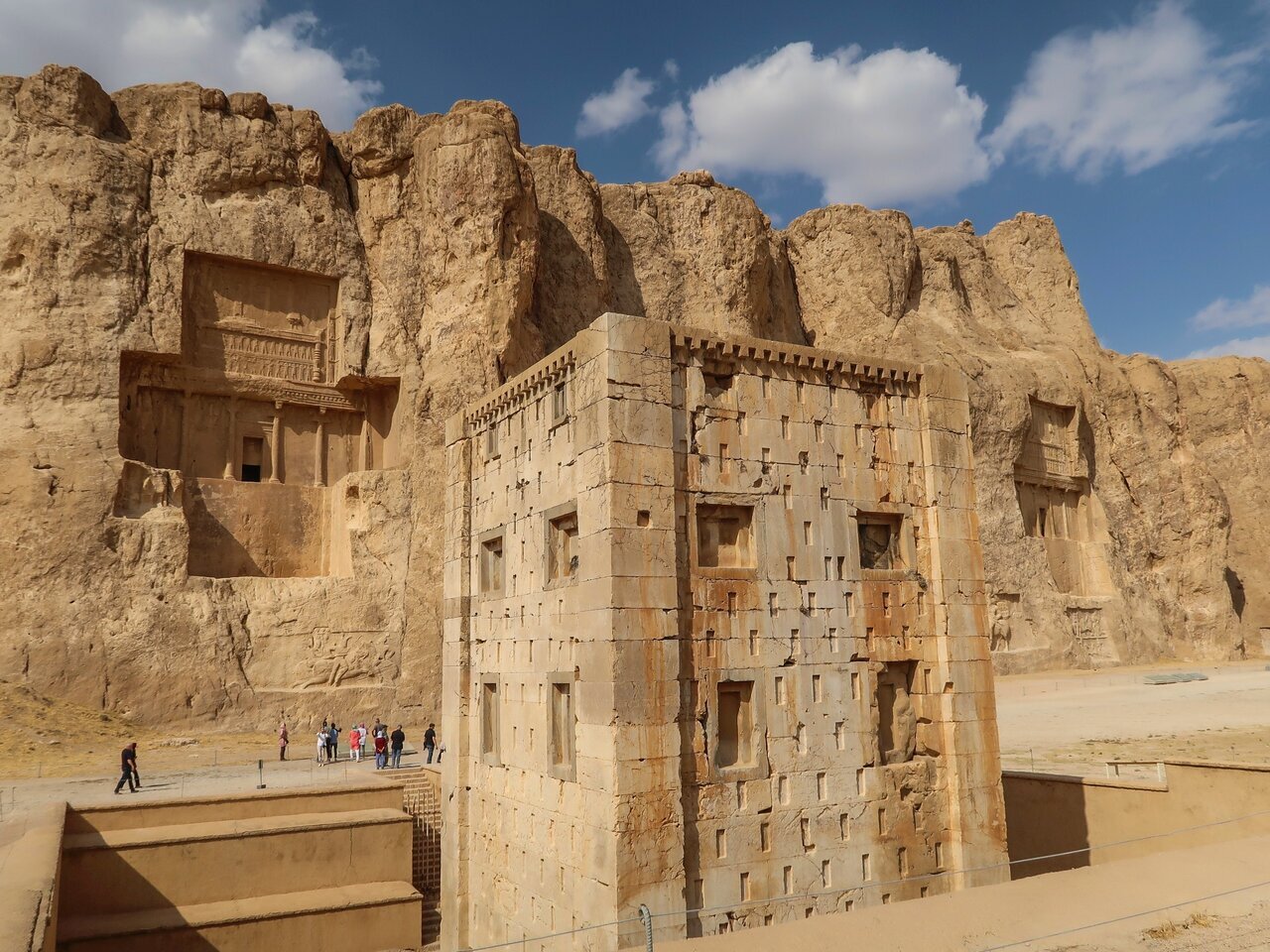Climate change impact on Iran’s cultural heritage debated by task force

TEHRAN – On Monday, the first meeting of the Climate Change and Cultural Heritage Task Force was convened in Tehran.
Composed of various experts and officials, the special task force addressed growing threats to Iran’s cultural heritage posed by phenomena such as global warming, groundwater depletion, land subsidence, moss growth, and acid rain.
Initiated by the Ministry of Cultural Heritage, Tourism, and Handicrafts, the task force is intended to assess the cited challenges and propose solutions to mitigate the risks to the historical and cultural sites of the ancient country.
According to ISNA, the Research Institute of Cultural Heritage and Tourism hosted the meeting, which brought together representatives from various relevant organizations.
Mostafa Dehpahlavan, head of the institute, emphasized that climate change poses a significant threat to the nation’s cultural heritage. He stated, “We are obligated to address the impact of climate change on our heritage, and the institute is committed to leading these efforts.”
Dehpahlavan highlighted the growing impact of climate change on historical sites, noting that rising temperatures, groundwater reduction, and acid rain have created dangerous conditions for preserving Iran’s rich cultural legacy.
He also pointed out that the country’s cultural heritage has faced climate-related crises for decades and stressed the need for systematic monitoring and damage assessment.
Hamid Fadaei, deputy director of the institute’s conservation and restoration department, warned that climate change is putting cultural landmarks like the Qazvin Plain and Marvdasht Plain in danger.
Fadaei pointed to the over-extraction of groundwater, which has caused irreversible damage to the areas surrounding the UNESCO-registered Persepolis and Naqsh-e Rustam, which is a royal necropolis with impressive rock-hewn tombs and bus-reliefs.
Fadaei also noted that intangible cultural heritage is at risk and called for continued efforts to reduce the negative effects of climate change.
Morteza Razani, head of institute’s conservation and restoration department, stressed the need for a comprehensive understanding of the various aspects of climate change. He advocated for preventive conservation strategies and emphasized the importance of raising awareness among researchers about the risks posed by climate change.
Other experts, such as Professor Mehdi Zare of the International Institute of Earthquake Engineering and Seismology, echoed these concerns. Zare explained that climate change has had a significant impact on cultural heritage globally and in Iran, with visible consequences such as ground subsidence and cracks in historical structures. Zare highlighted extreme weather events like floods as direct manifestations of climate change’s effects.
Additionally, Mohammadreza Habil, head of the crisis management department of the National Cartography Organization, emphasized that climate change is a cross-sectoral issue that requires data-sharing and collaboration among institutions.
Elsewhere in his remarks, Habil referred to efforts made by the cartography organization and then suggested creating prioritized maps of cultural heritage sites to monitor subsidence rates and inform conservation efforts.
The meeting concluded with discussions by other officials and experts on potential solutions, with experts agreeing that more coordinated efforts and urgent action are needed to protect Iran’s cultural heritage from the escalating effects of climate change.
Threat to Achaemenid treasures
Last month, the head of the Hydrogeology Department at the Geological Survey and Mineral Exploration of Iran raised concerns about the dual threats facing the prehistorical Achaemenid structures located in the Marvdasht plain, including Persepolis and Naqsh-e Rostam.
Iman Entezam-Soltani said the region has experienced significant land subsidence over the past two years, amounting to 21 centimeters, and is also subject to deep geological fissures that pose a risk to these historically significant sites.
Entezam-Soltani explained that while the core infrastructure of Achaemenid monuments rests on solid bedrock and is thus not directly impacted by soil subsidence, those parts situated on earthen foundations are increasingly vulnerable due to soil subsidence and the resulting fissures.

The Marvdasht plain has experienced noticeable subsidence, particularly in its central areas where [Achaemenid] structures are primarily located, he said. “This phenomenon tends to decrease in areas close to the mountainous regions.”
The expert underlined that cracks form at the intersection of bedrock and soil, posing a particular risk to the structural integrity of sites like Persepolis and Naqsh-e Rostam.
Elsewhere in his remarks, the expert emphasized the role of agricultural practices in exacerbating subsidence issues, particularly in plains where groundwater is extracted for irrigation due to the absence of nearby rivers. “The over-extraction of groundwater in restricted plains, where drilling new wells is prohibited due to the decline in groundwater levels, further aggravates the situation.”
AM
Leave a Comment